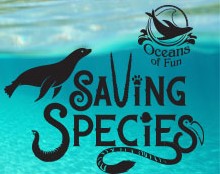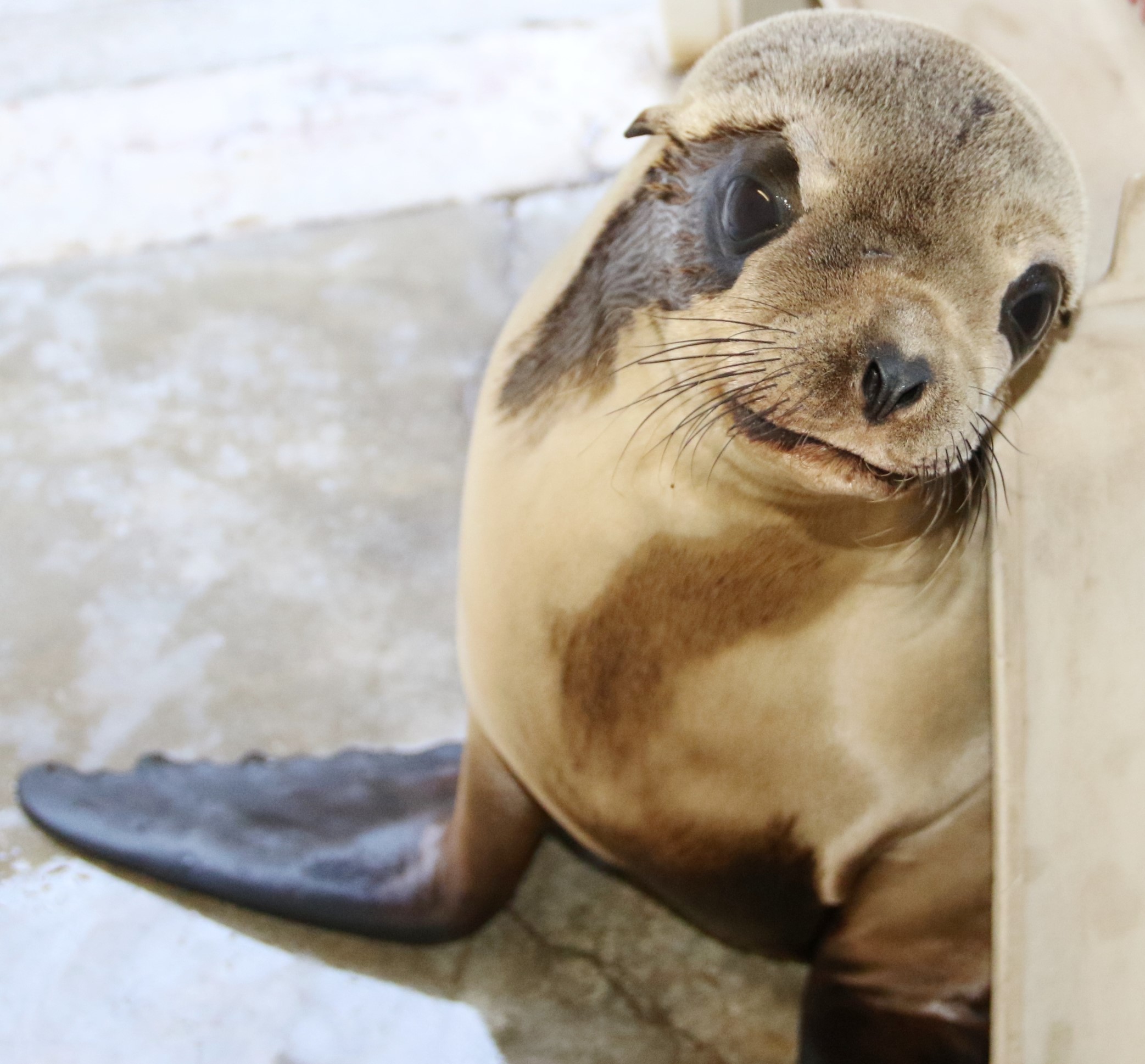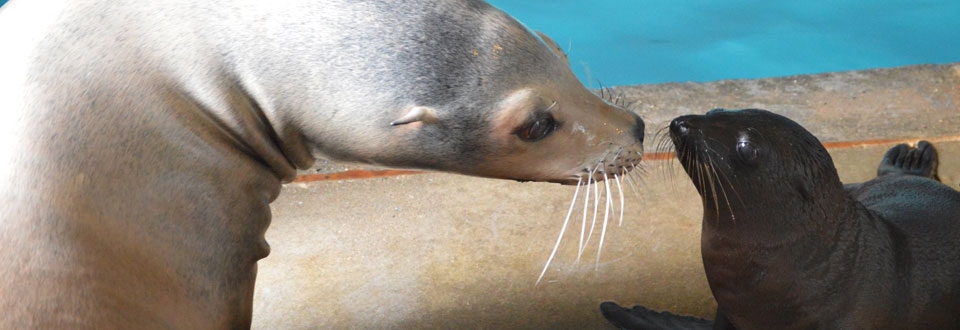
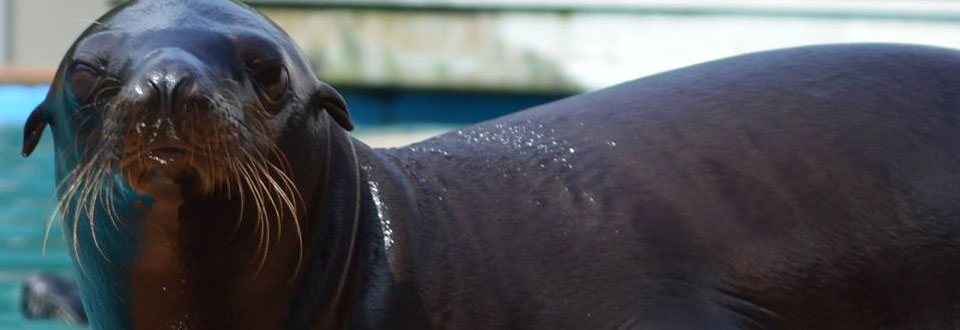
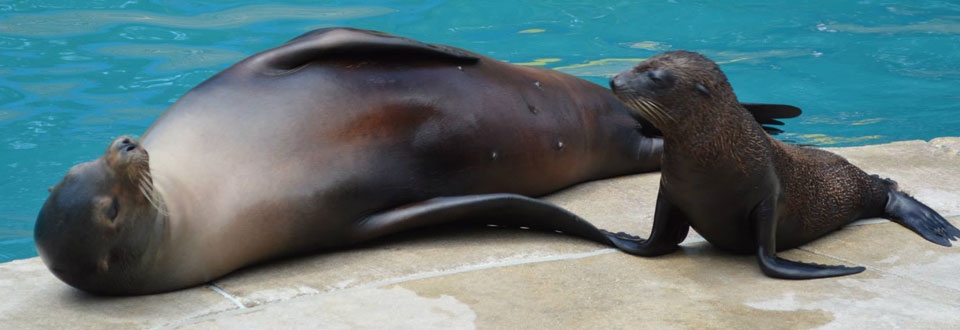
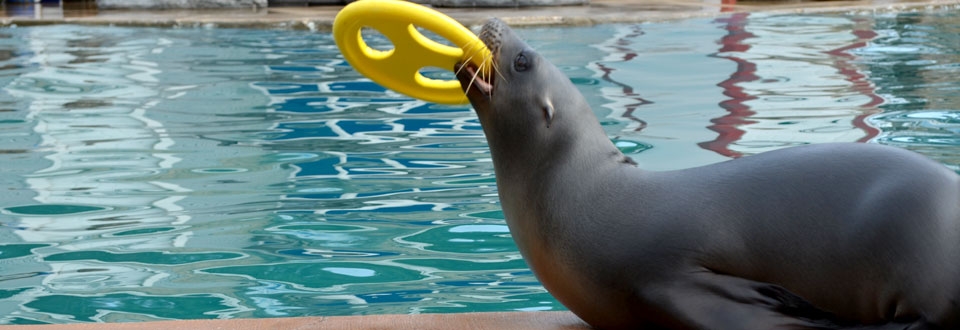
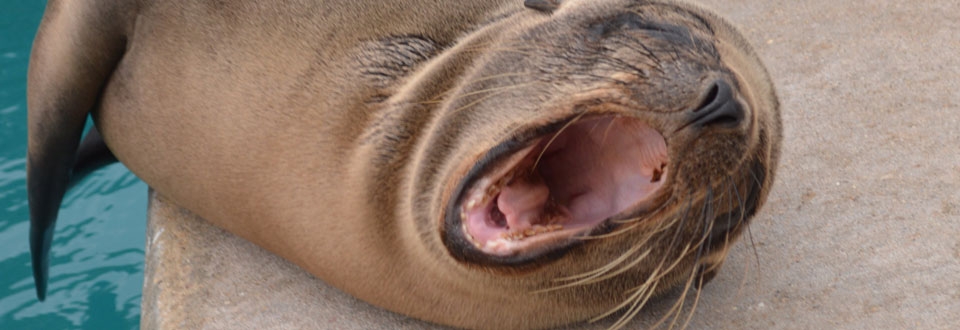
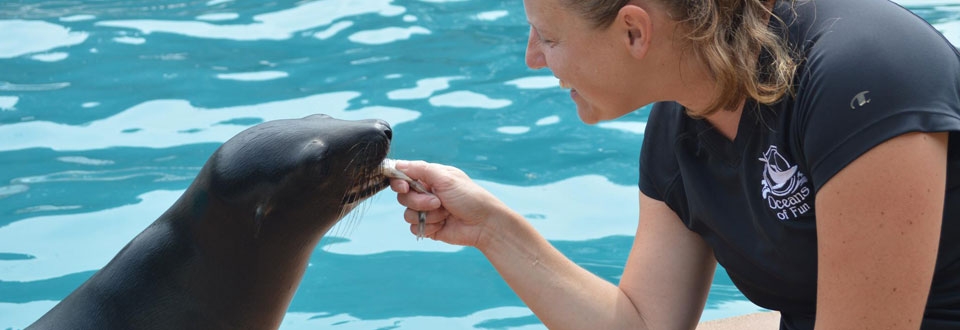
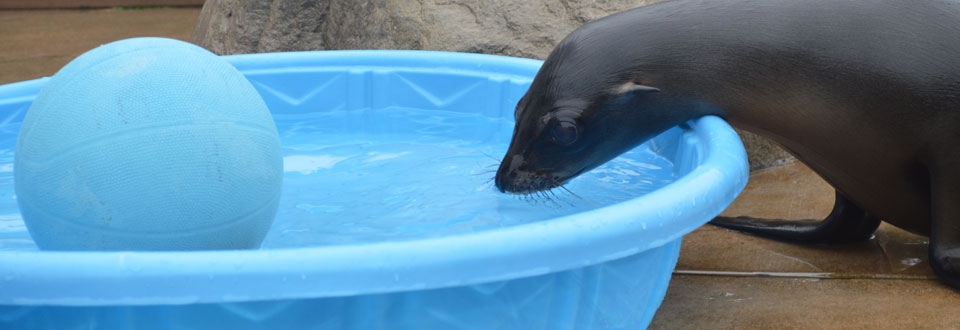
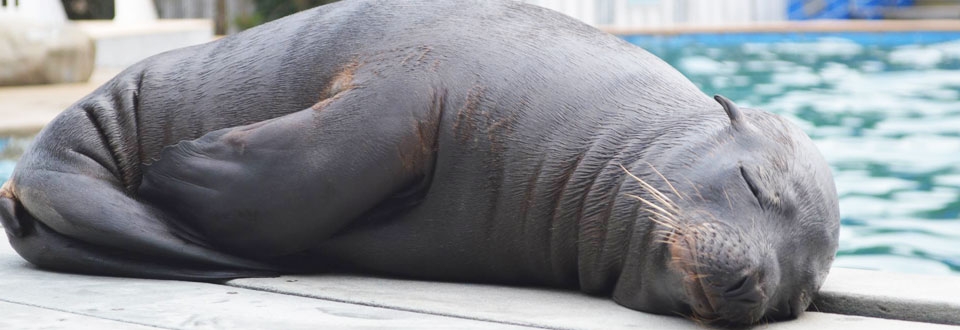
News Detail
Conservation Punta San JuanPinnipeds and Penguins! 11/15/12
We have moved to the beaches with nurseries these last 2 days. The fur seals are giving birth right now and our focus is on collecting newborns 1-2 days old along with moms for health assessments. Fur seal moms tend to remain in established colonies on a beach and are very protective of their pups. We are able to accomplish our task by grabbing the young pups. When the mother instinctively comes up the beach after her pup we are able to net her and complete physicals on both animals simultaneously. In addition to the regime of standard tests on the females we are collecting milk samples for analysis. Pups are being weighed, tagged, measured and micro chipped. Each mother/ pup has a very unique vocalization which is utilized to locate each other. Mothers typically only nurse and care for their own pups so it is essential that we are able to reunite the pair. Over the past 2 and half days we have successfully evaluated and reunited 14 mother/ pup pairs. Each has been very individual and it has been fascinating to observe the mother/pup bonds in the wild. The fur seal population as a whole is very unique. The males typically weigh about 300 lbs but have the ability to impress us with their large full mane of fluff. These males are very territorial and defensively stand guard over their female's colonies and beach. We have to be extremely aware of the male in each territory as he will guard and protect innately. The pups are a marvel to work with. Each is very individual with their own personality quickly developing. We have had feisty pups, cuddle bugs, ferocious and gentle pups. Our team works hard to ensure that the mothers and pups reunite following our procedures and observations are performed on all pairs to ensure that bonding, nurturing and nursing continue. Instinct is amazing. Yesterday we had a pair separate for over 24 hours and the entire team nervously monitored the site hopeful that the mother would locate her pup which had moved out to a large rock outside of the territory they came from. With hundreds of pups on a beach it is incredible that two animals are able to locate and recognize each other through sound and scent. As afternoon hit today, our team was over joyed to learn that "Eli" and his mother finally had reconnected! The success was celebrated by our entire team!
Speaking of teams, a definite highlight to this trip is in the incredible people we have the opportunity to work along side. Our team consists of veterinarians, researchers and animal specialists from 7 North American and 2 South American facilities. Talk about collective knowledge! Each person brings their own expertise and experience and it has been an absolute pleasure getting to know and working alongside such talented individuals.
In addition to the pinniped research being conducted this week we also integrated a small team to continue with the Humboldt Penguin Health Assessment project that has been ongoing for approximately 5 years now. Humboldt penguins are found along the coast of Peru and northern Chili in a temperate climate. It is so fascinating to see the penguins scurrying across the desert! The team sampled 34 penguins, only 5 being previously marked animals. There are very few birds nesting right now so it took some skill to herd them into caves so that we could handle them. Marco, a field biologist with the reserve since 1997, is amazing to watch handle the birds and a true expert in the field. The sampling process is quite similar between penguins and pinnipeds with blood samples, swab sampling of the eye, trachea and cloaca and body measurements being recorded. The birds also get a micro chip and toe tag for identification. The restraint process with penguins is unique in that they are not sedated so the entire procedure must be done very carefully and quickly with experienced handlers to prevent the bird from being stressed. A major highlight was seeing all the chicks in the nest and the younger fledglings trying to find their way up and down the desert cliffs!
We have one more full day in Punta San Juan prior to heading back to Lima and we plan on making it a full one I believe each of us has learned and contributed a great deal to this project. The work is extremely worthwhile and gratifying. We are learning with each animal and continue to be fascinated by the species diversity and animal behavior around us. The common denominator for each of us is in attempting to learn about these populations and the ability to make a difference in their future survival of these species.




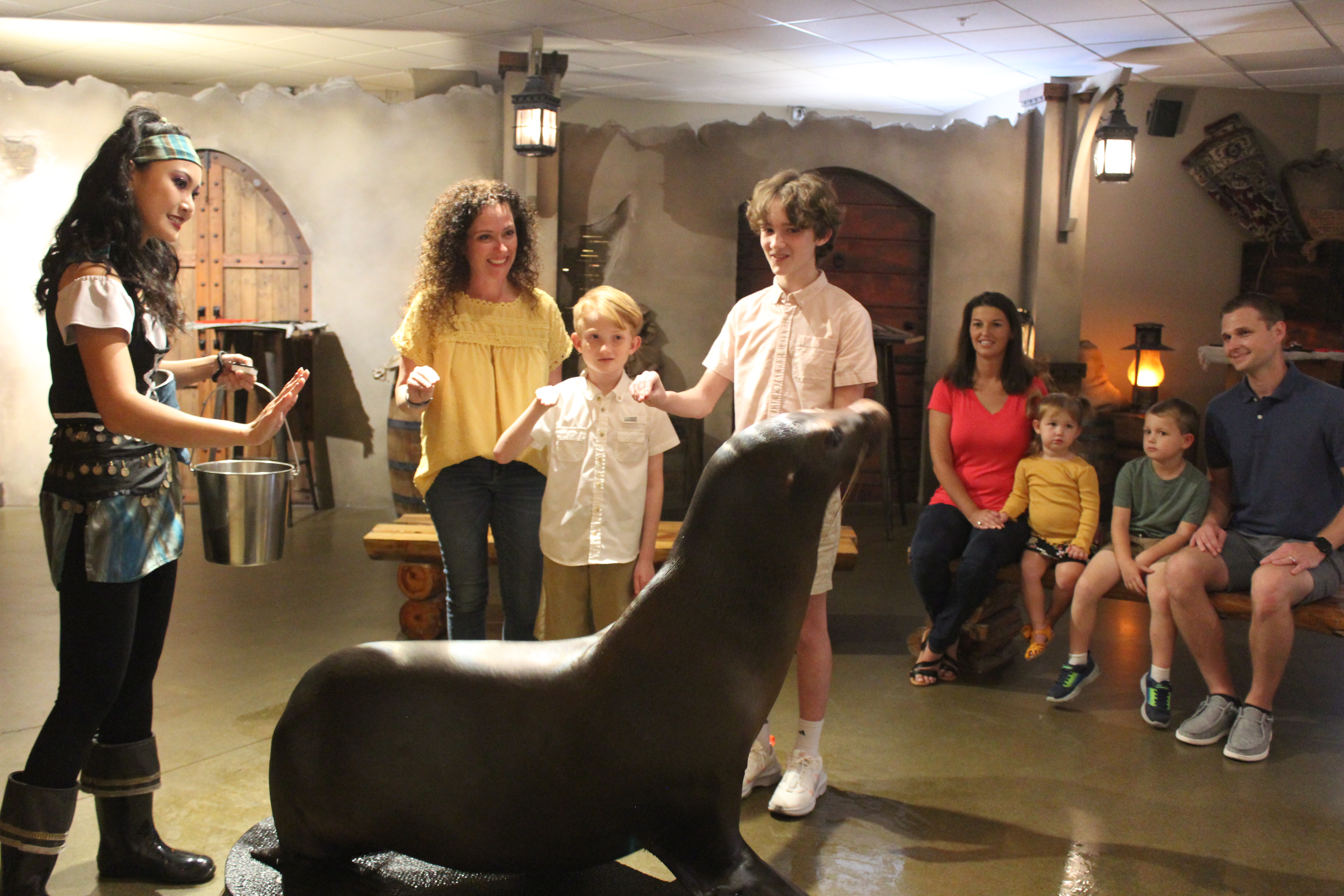 Animal Encounter
Animal Encounter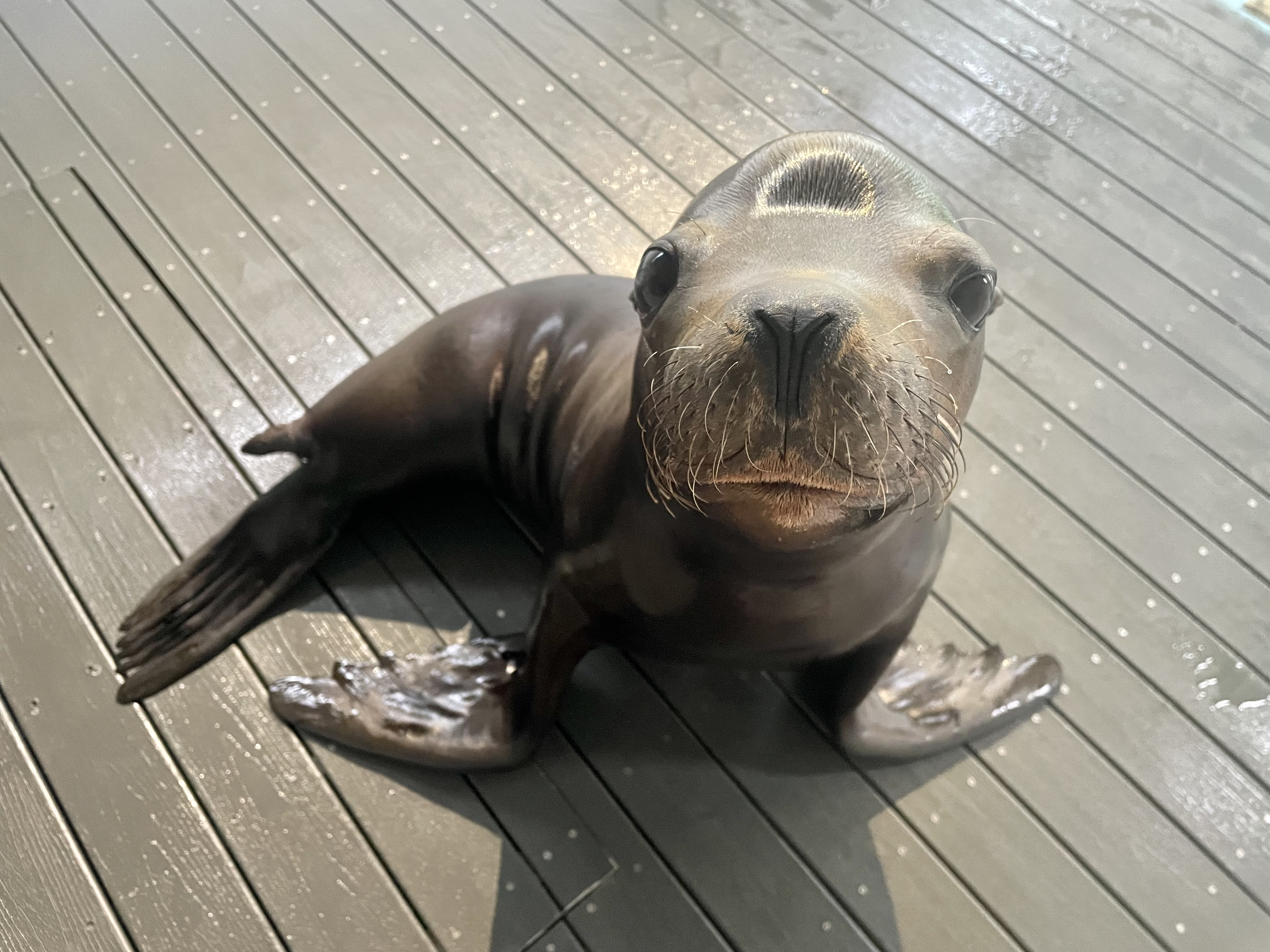 Our Locations
Our Locations
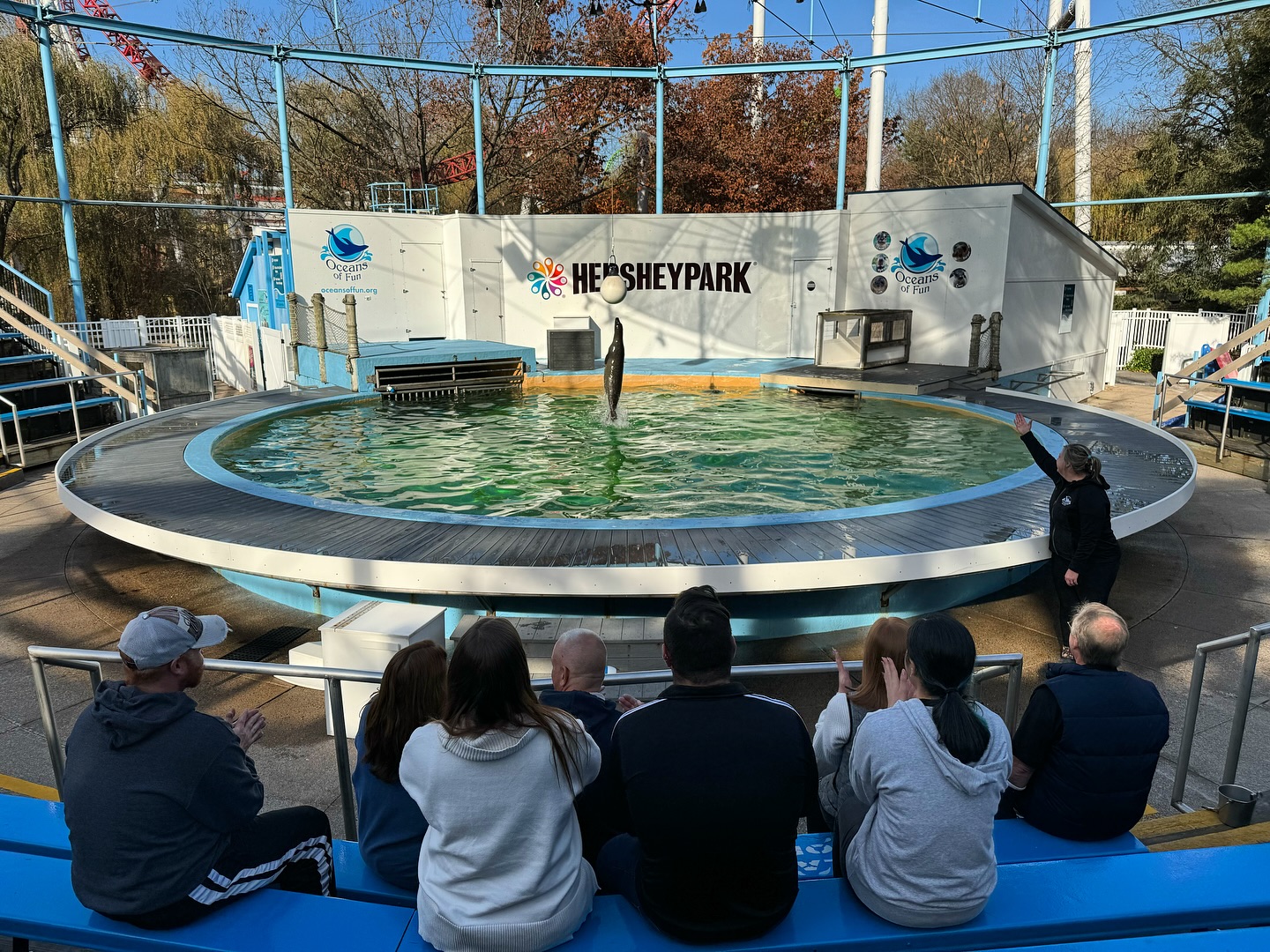 Family Fun
Family Fun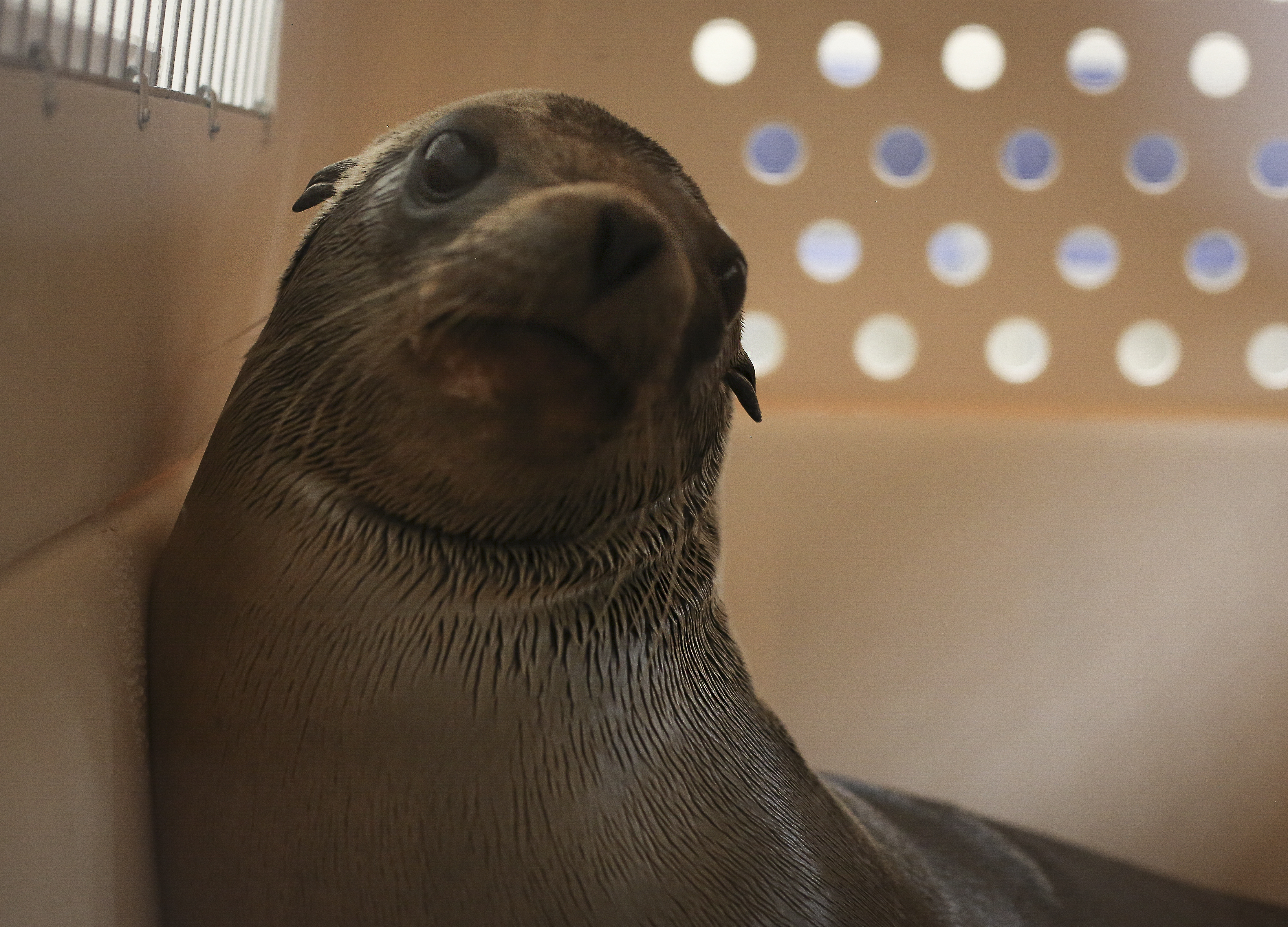
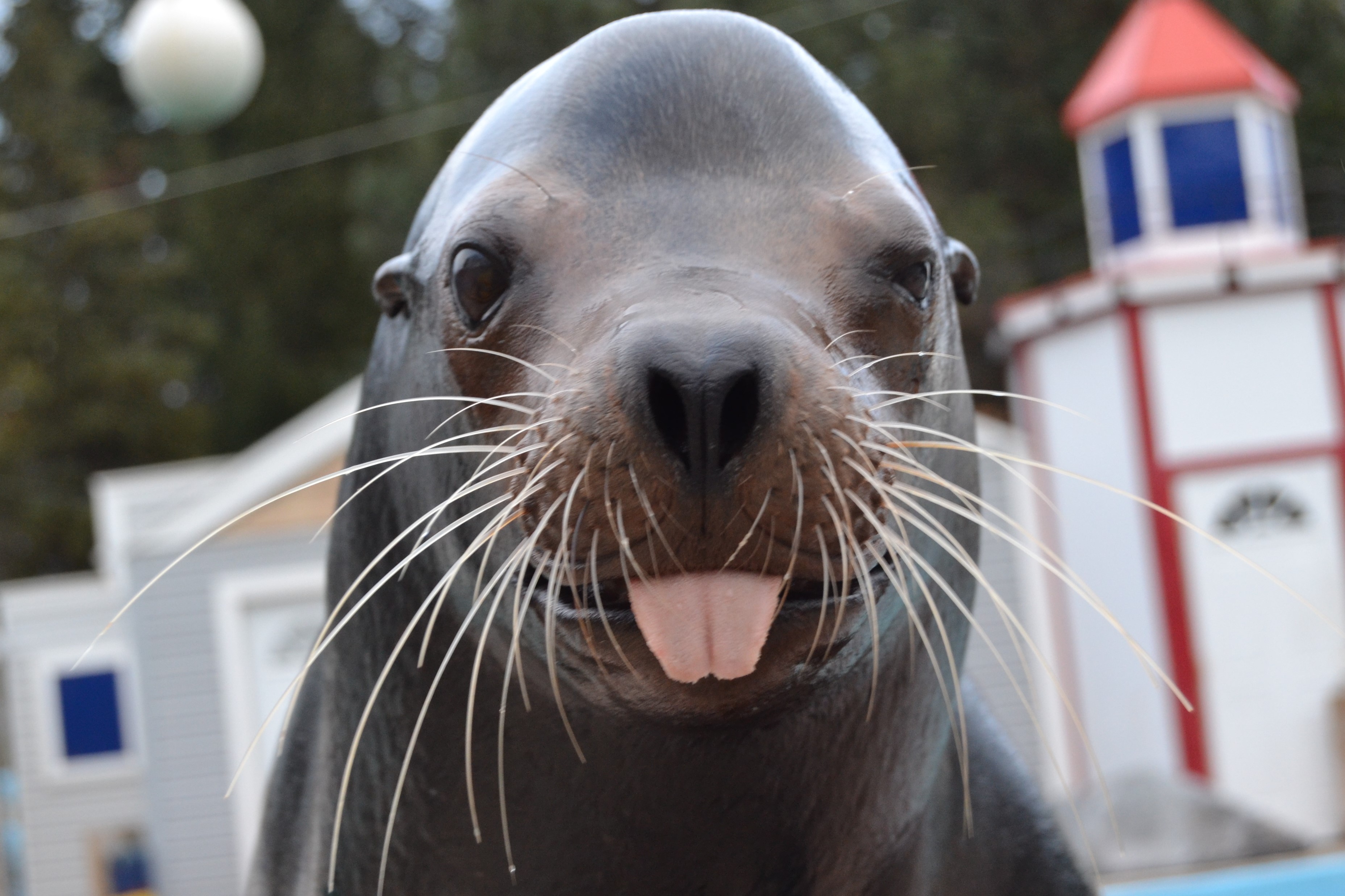
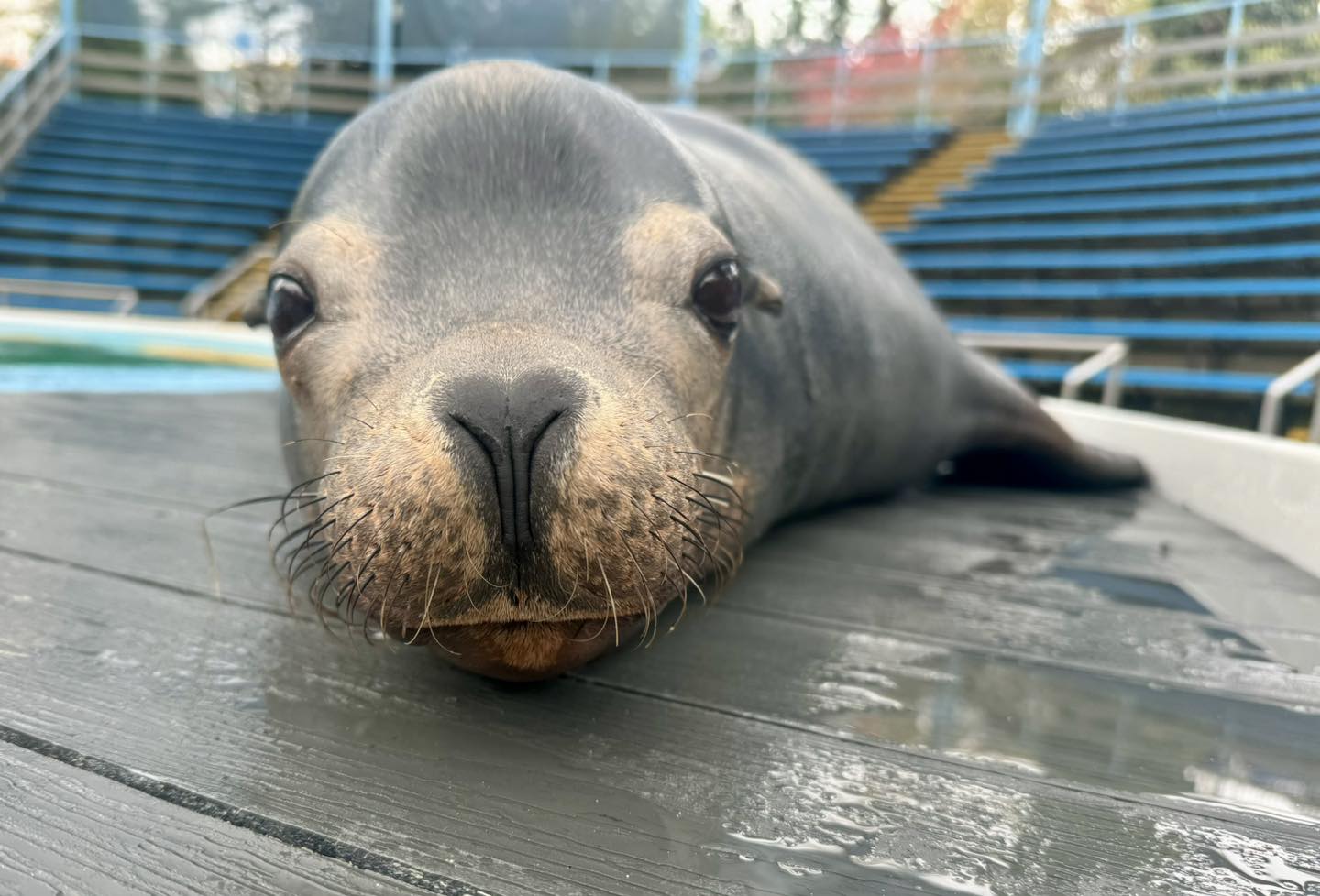 Meet Ripley!
Meet Ripley!
